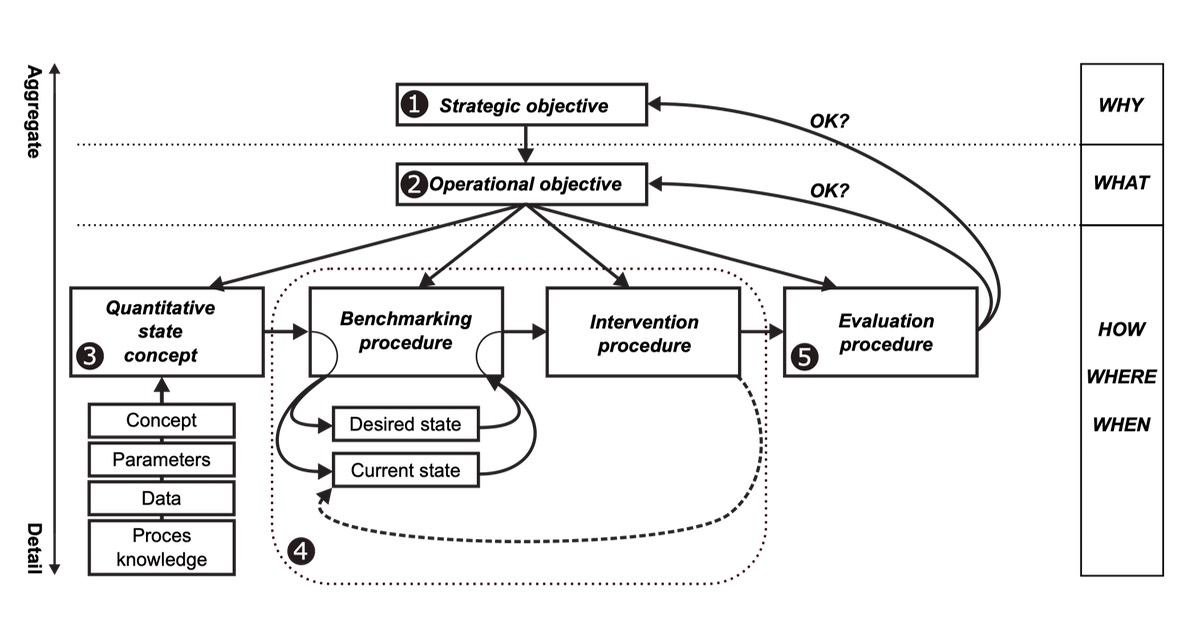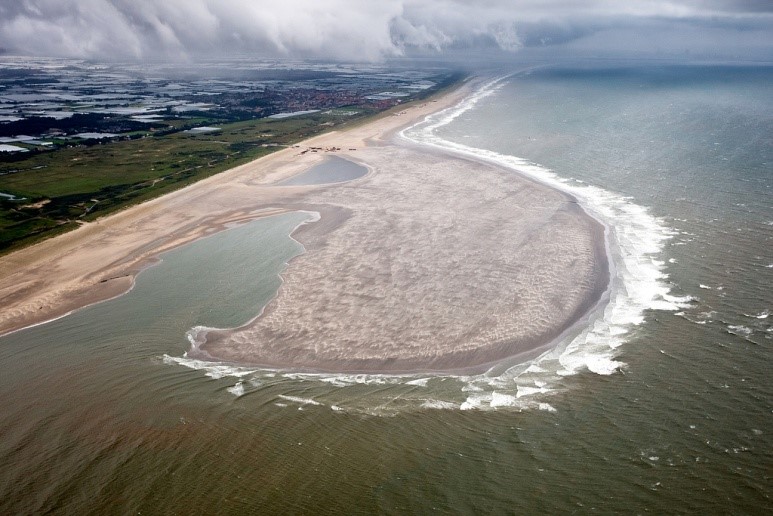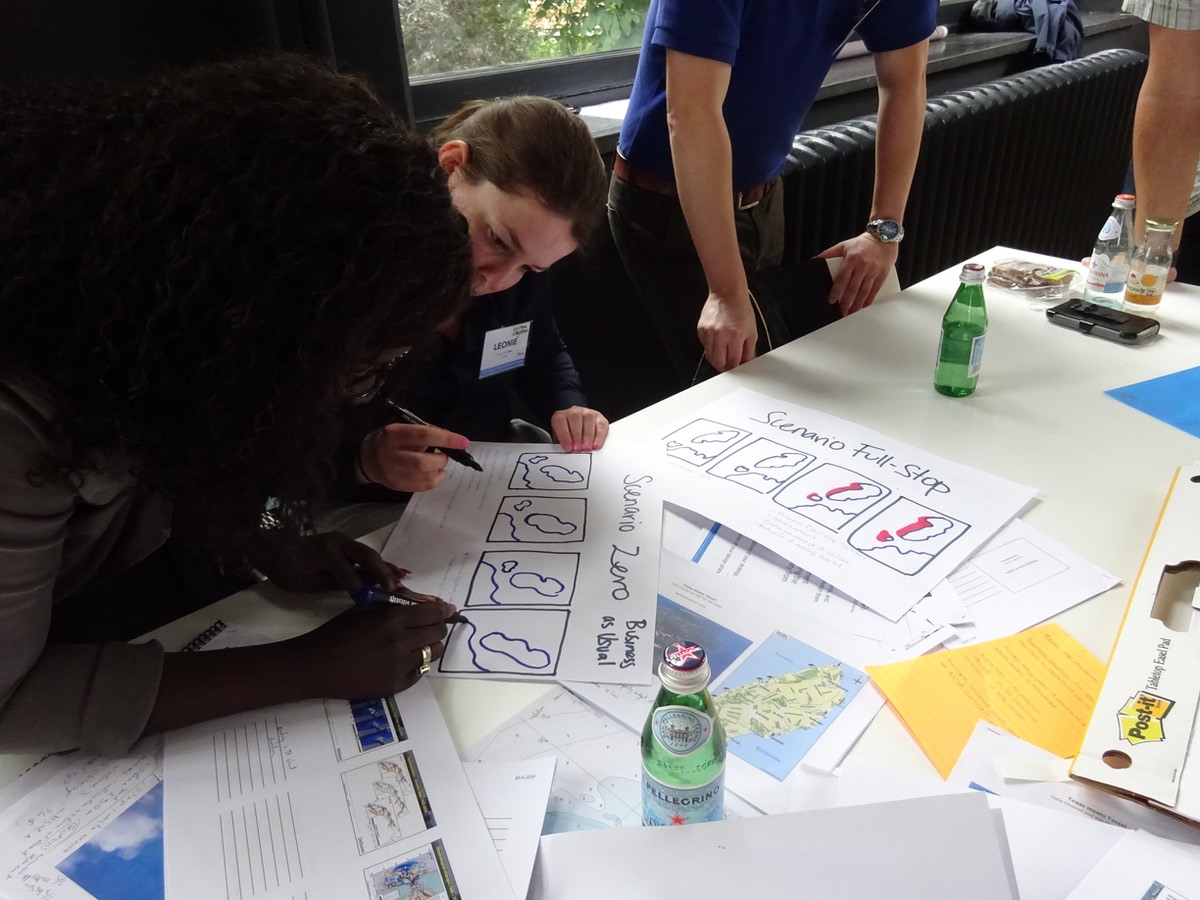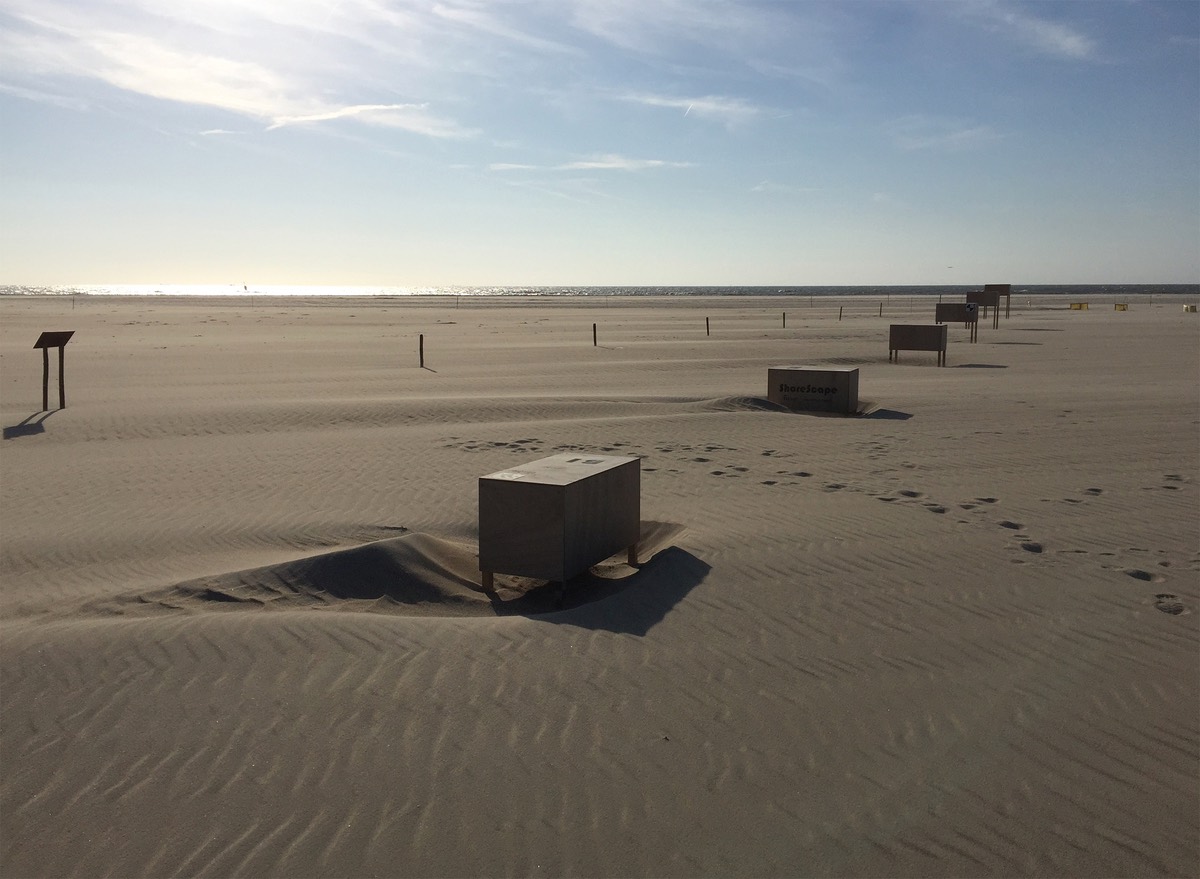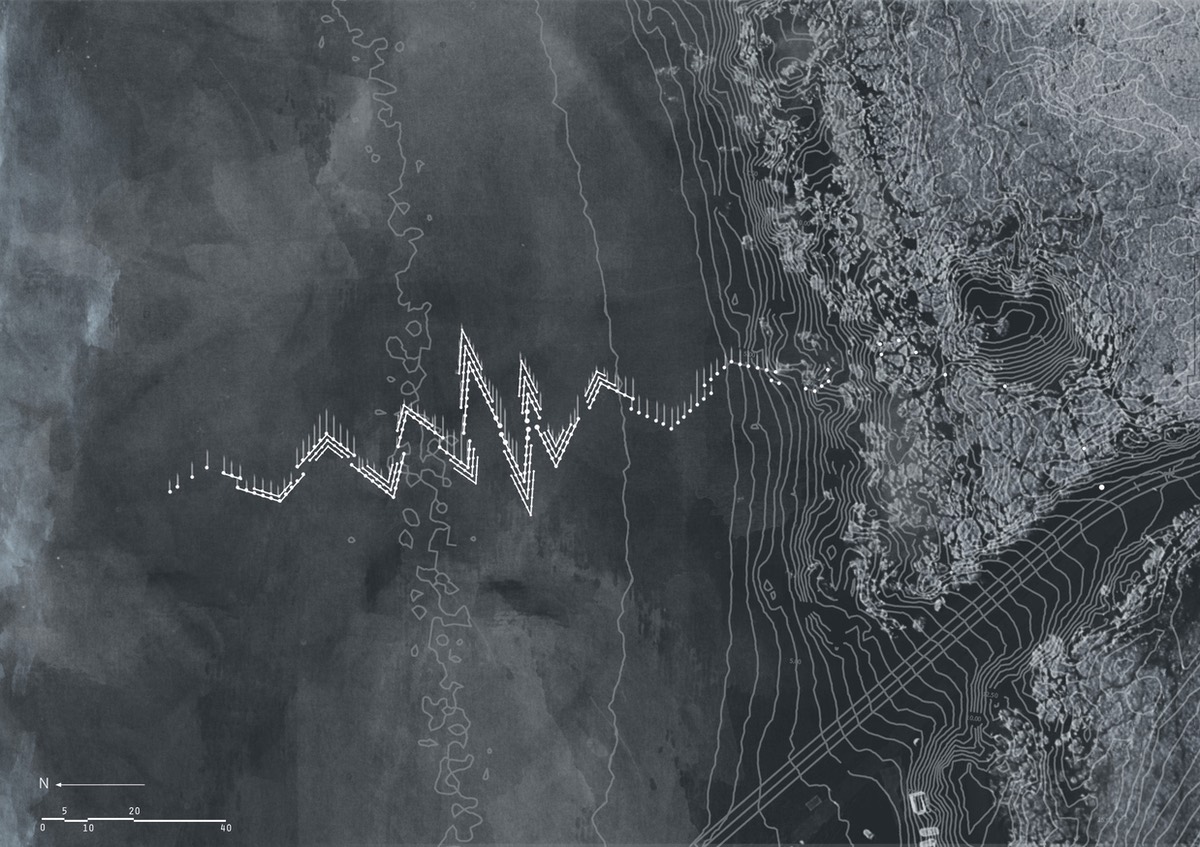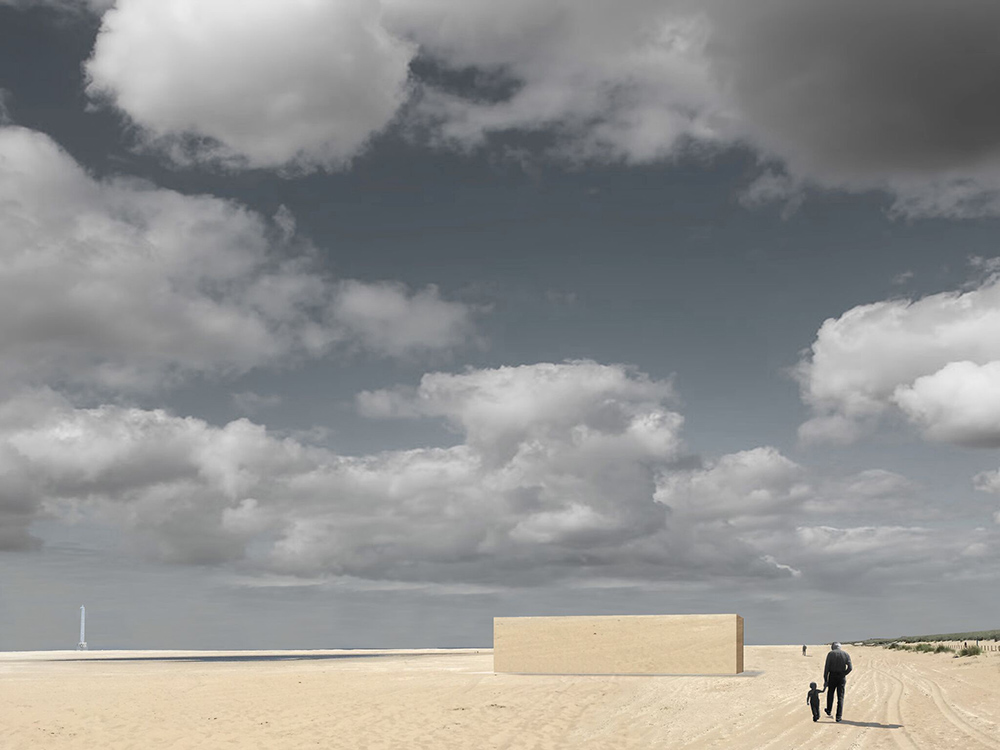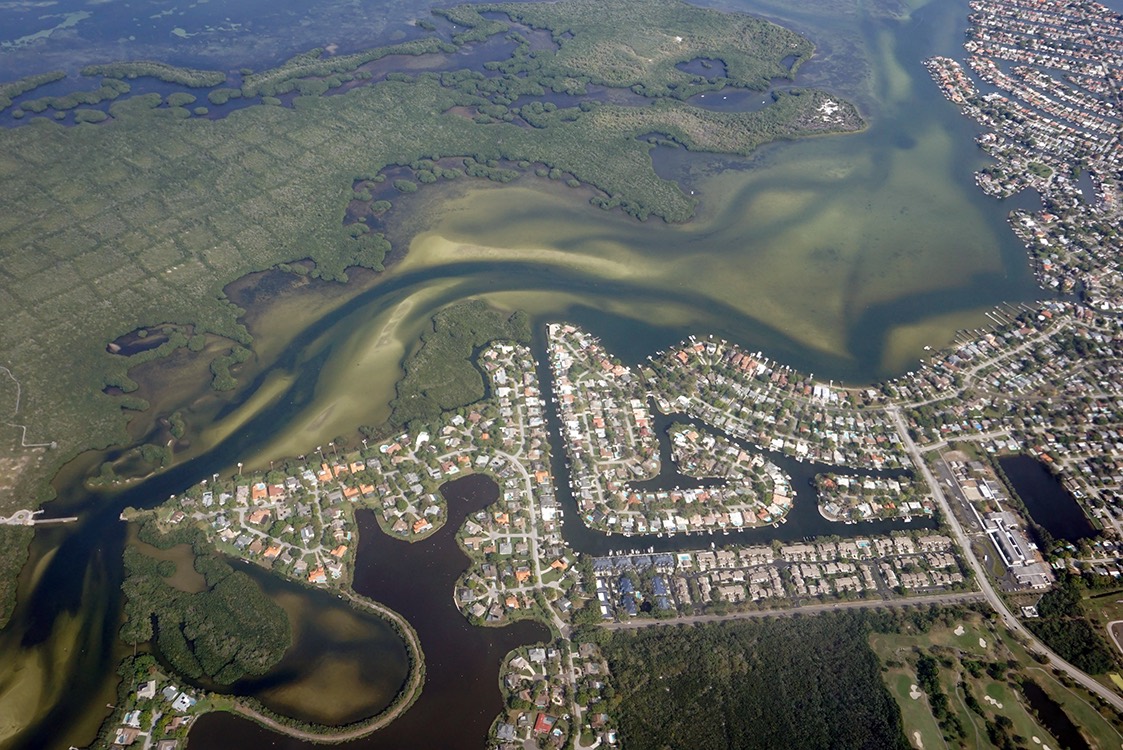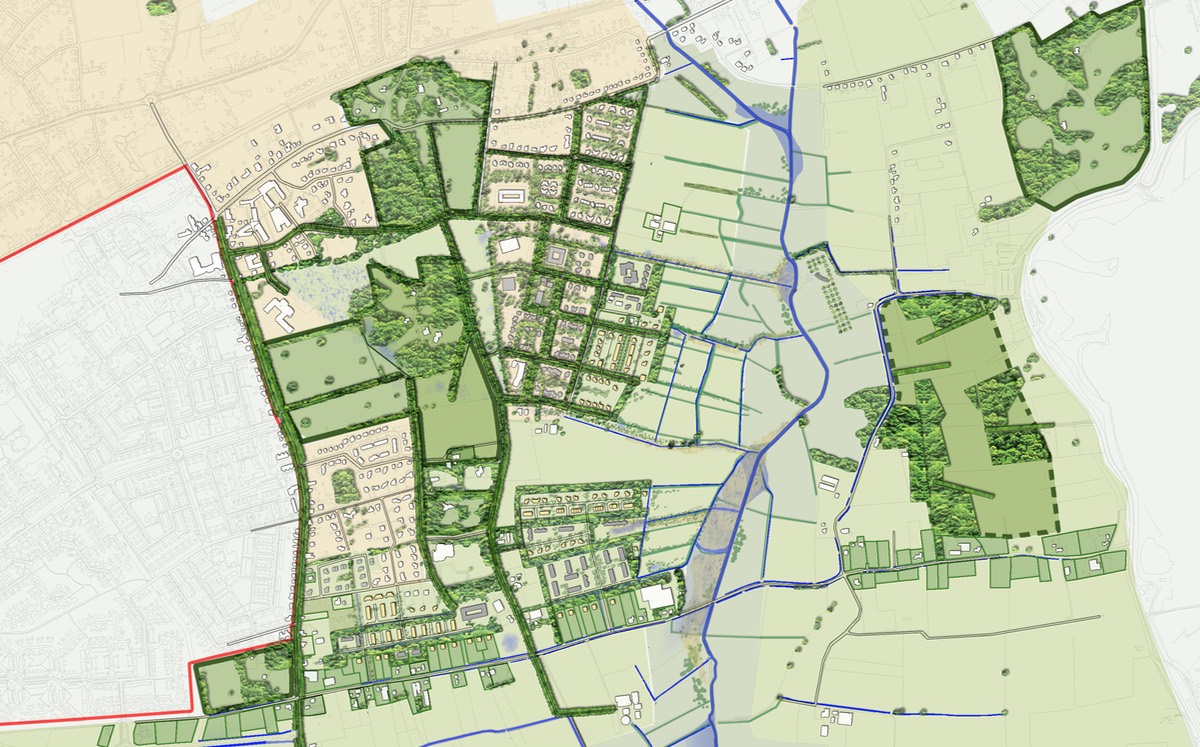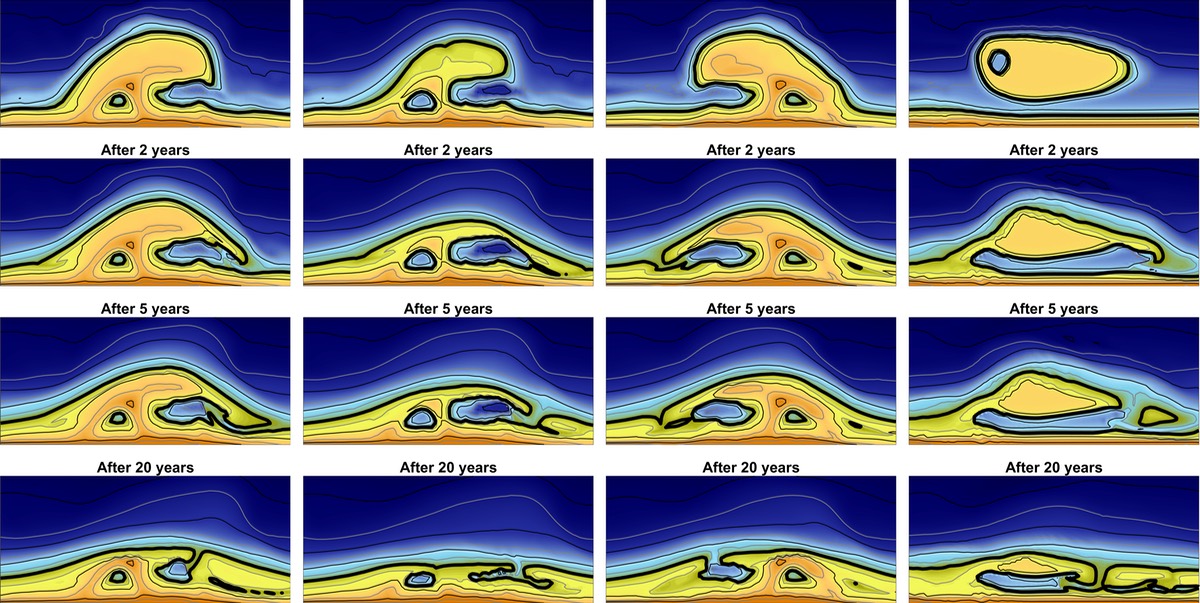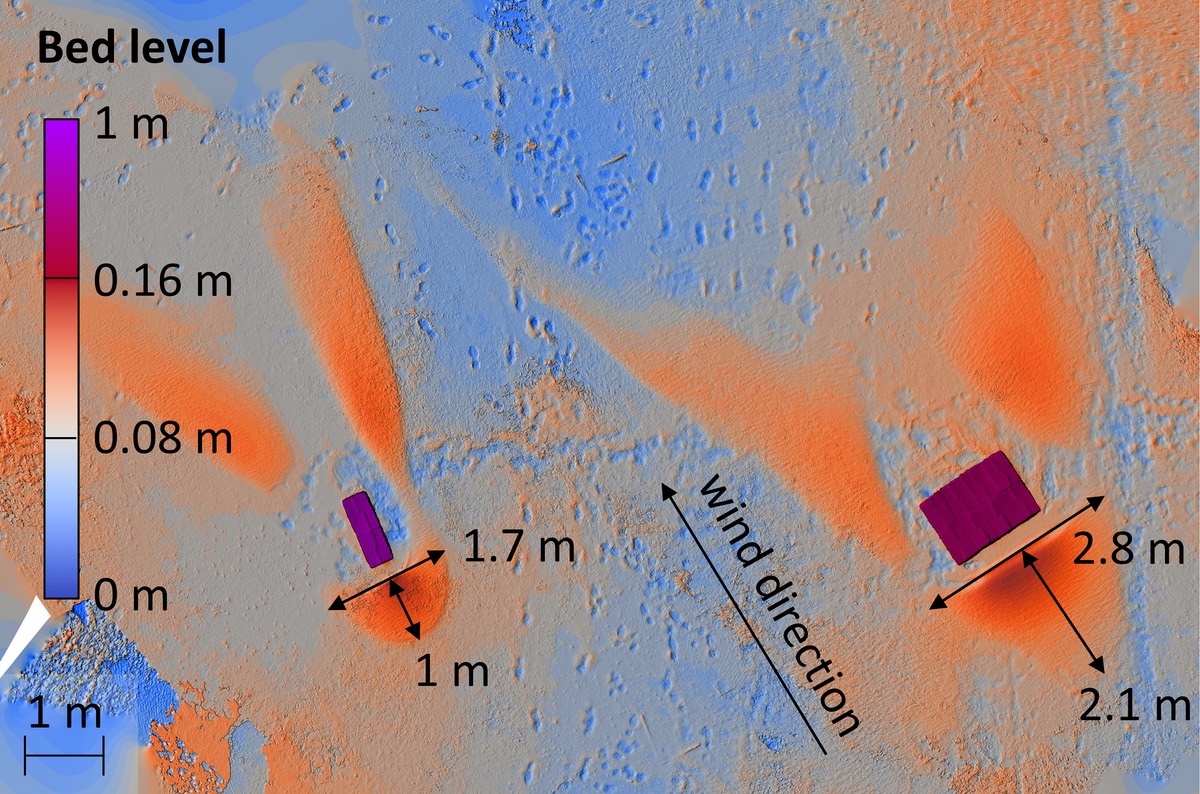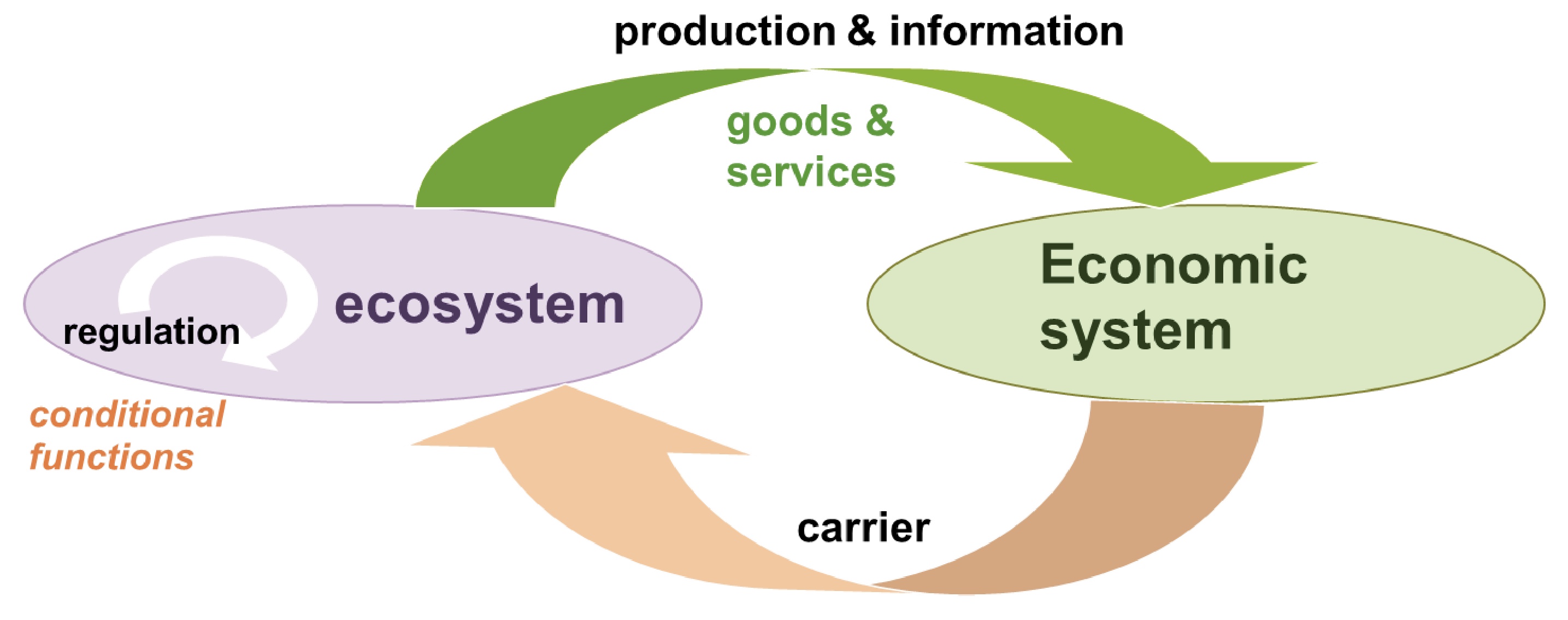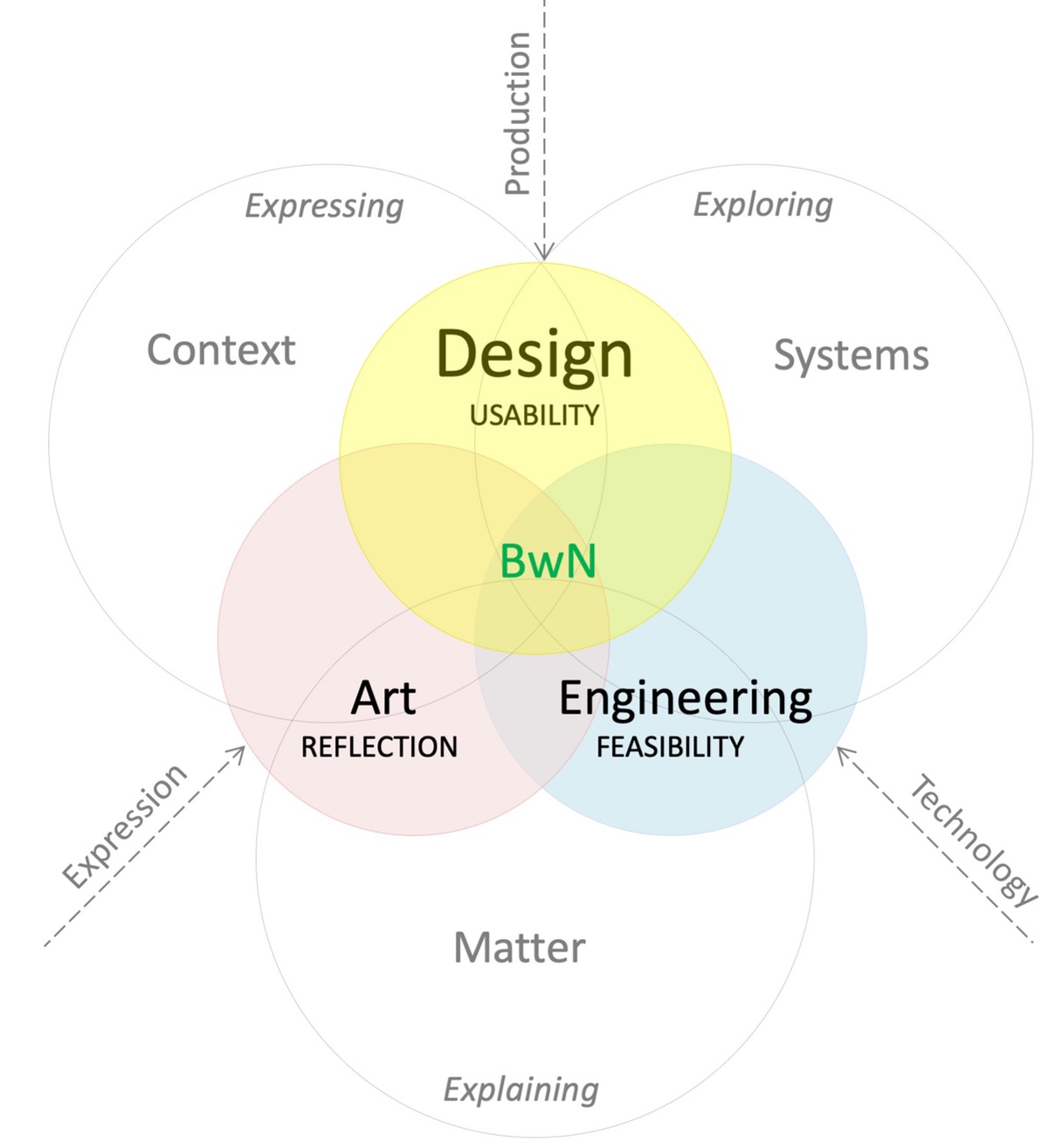Book launch: Housing and urban regeneration
On 26 November, the open access publication ‘Housing and urban regeneration of deprived neighbourhoods in Santiago: North-South perspectives about collaborative processes’ is launched. Following the book presentation, a round table discussion centres around the question ‘What can we learn from the social demands in Latin America?’
Read more about Book launch: Housing and urban regeneration

